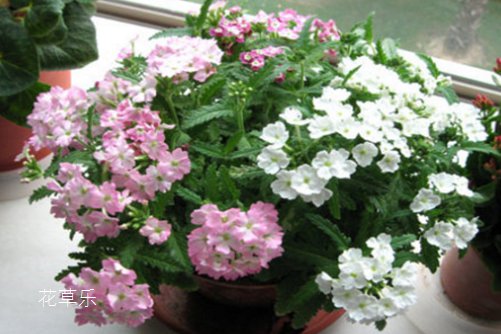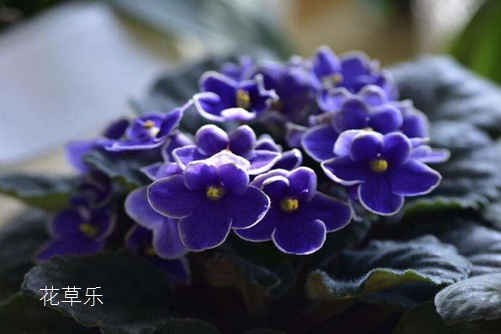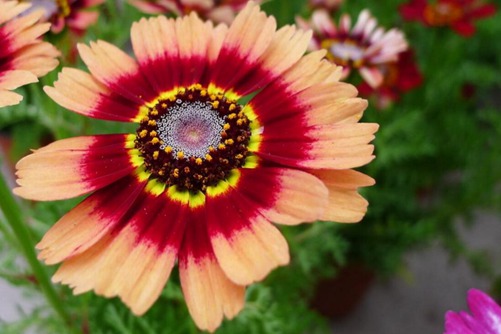The role of five-colored plum, with it, is no longer afraid of flies and mosquitoes
There is a small flower in nature that has received God's love. Its flowers can naturally change many colors. With different flowering times, they will experience a series of gradual changes in colors such as yellow, pink, purple, orange, red, and crimson. So given the name "five-colored plum", some people also call her seven-change flower. The five-color plum blossoms all the year round, with many colors and exquisite flowers. It is very attractive. This issue of flower music will bring you the role of five-color plum.
The role of five-colored plum, with it, no longer afraid of flies and mosquitoes

The five colors of plum:
1. purify the air
The flowers of the five-colored plum are numerous, and the whole plant is short hair, which has an adsorption effect on tiny particles in the air and can absorb harmful substances such as dust, thus purifying the air.
2. ornamental
Colored plum trees bloom, perennial gorgeous, flowering long, beautiful colors, red, orange, yellow, pink, white and other colors, some flowers bloom yellow or pink, gradually become orange or orange, finally become red, flowers small and unique, very beautiful, with certain ornamental value.
3. Bonsai
The tender branches of the five-color plum are soft, suitable for making various shapes of bonsai, and can be processed into different forms of bonsai such as single-stem, double-stem, water-facing, oblique stem, etc. It is also very suitable for home decoration.
4. Repelling mosquitoes and flies
The branches, leaves and flowers of the five-colored plum volatilize the smell of mosquitoes and flies, which has a strong effect of expelling mosquitoes and flies, and the smell has no harm to the human body. It not only repels mosquitoes and flies effectively,
And colorful and varied, there are "mosquito seven change flowers" reputation, with the expulsion of mosquitoes and beautify the courtyard of the dual role.
5. medicinal value
Colored plum can be collected and processed to root or whole plant for medicine, collected all year round, dried or fresh. Root: clearing away heat and toxic materials, dispersing masses and relieving pain. For cold fever, fever does not go away, cervical tuberculosis,
Rheumatic bone pain, stomachache, traumatic injury. Leaves, branches: topical treatment eczema, dermatitis, skin itching, furuncle swelling, traumatic injury.
Time: 2019-04-28 Click:
- Prev

How to water Corydalis is the secret of immortality in the cultivation of Corydalis.
African pansy, also known as African violets, blossoms in four seasons, small and exquisite, and the flowers are unique in color and poetic. It is a very popular flower, and it is also popular in Europe and America to raise African pansy. African pansy is generally raised at home in the form of potted plants. In the process of cultivating African pansy, how to water it is the key.
- Next

Reason analysis and treatment of why garland chrysanthemum does not blossom
Chrysanthemum morifolium is a herb of Compositae. It gets its name because the flower has three rings of color. The flowers are rich in colors and have a long flowering period. And deeply liked by everyone, it is often arranged in flower beds or potted plants to watch. The problem of non-flowering often occurs in the process of garland chrysanthemum culture, how to deal with it?
Related
- Fuxing push coffee new agricultural production and marketing class: lack of small-scale processing plants
- Jujube rice field leisure farm deep ploughing Yilan for five years to create a space for organic food and play
- Nongyu Farm-A trial of organic papaya for brave women with advanced technology
- Four points for attention in the prevention and control of diseases and insect pests of edible fungi
- How to add nutrient solution to Edible Fungi
- Is there any good way to control edible fungus mites?
- Open Inoculation Technology of Edible Fungi
- Is there any clever way to use fertilizer for edible fungus in winter?
- What agents are used to kill the pathogens of edible fungi in the mushroom shed?
- Rapid drying of Edible Fungi

